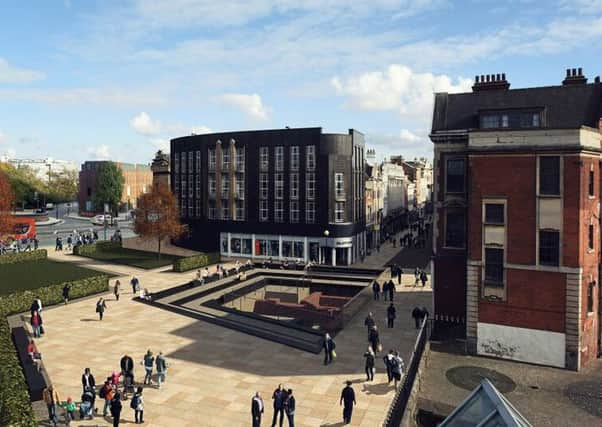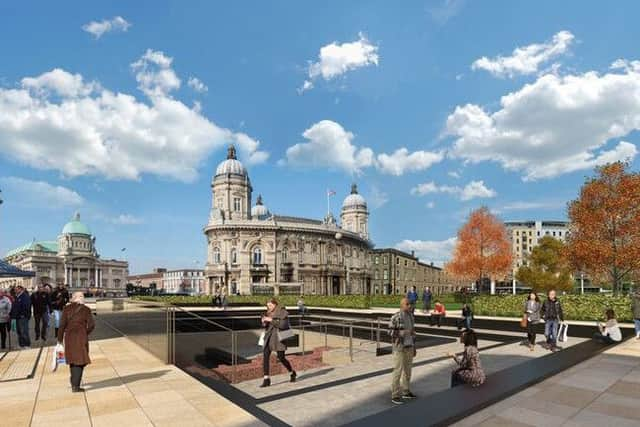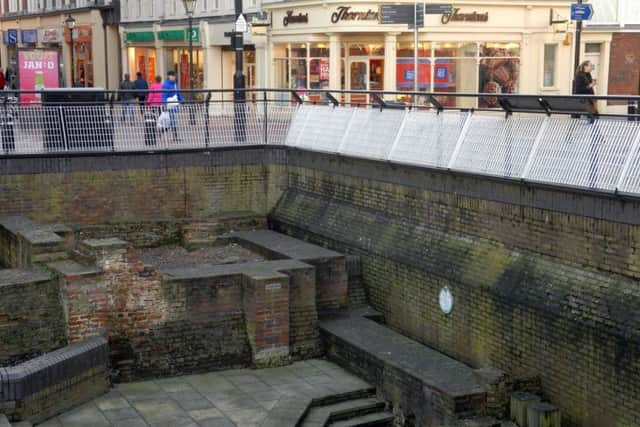What next for Hull’s historic Beverley Gate?


But since Hull Council announced plans to fill in historic Beverley Gate, where King Charles 1 was famously barred from entering the city, sparking the Civil War, the public has rallied to its defence.
So much so that after hundreds of comments and a 2,500-signature petition, the council is putting the gate’s future to a public vote before drawing up final plans.
Advertisement
Hide AdAdvertisement
Hide AdThey are asking residents to decide on two options - opening up the site, improving access and keeping the gate, or filling it in and having a bigger urban park in its place.


The extra work means it will not now be finished until April 2017 - four months into City of Culture year - but the council says it is important to get the finished article right.
The gate which dates from the 14th century is one of several which were in the walls that once surrounded the city, which together with 20 towers made Hull “an impressively fortified city”, on a par with York.
City manager Garry Taylor said there had been an “intriguing” mix of views as part of a consultation over the £19m city centre upgrade: “What has been really interesting is how suddenly a lot more people know about the Gate and who are going down to have a look. It has enthused people which is great.
Advertisement
Hide AdAdvertisement
Hide Ad“There were some people who clearly didn’t want the remains of the existing walls covered - and others who did.


“Clearly the level of opinion was such that we felt that we at least needed to revisit the proposals.
“I would rather get it right rather than rush it for the end of next year. This goes beyond 2017; it’s the city’s legacy.”
Suggestions including glazing the area has been rejected as too expensive and technically complicated - and could lead to the clay bricks rotting.
Advertisement
Hide AdAdvertisement
Hide AdMr Taylor said: “Historic England were concerned about the impact on the clay bricks as you create a kind of ecosystem. There would be a lot of algae growth.”
Under option one the descent to the walls - the original ground level in Hull was 2m lower than it is now - would be gentler, making it more welcoming for people. The second brings more greenery into the city centre, acting like an extension to Queens Gardens.
Both options will see the original architectural lines of the gate drawn into the new paving. The shape will be marked out with translucent material, which will glow at night under lights.